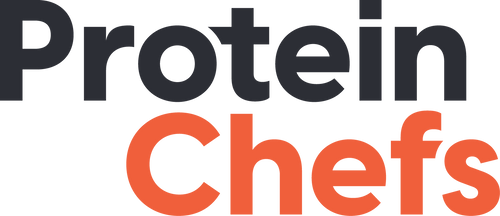If you’re planning on getting more muscular and buff, you’re probably thinking, “Ah, I’ll eat big to get big.” While this may be true, it’s not entirely right. A clean bulk meal plan is better.
When you eat mindlessly to “bulk up,” you end up damaging your health. Sugar and trans-fat overload are bad for cell membranes. Plus, you put on pounds of body weight from water and fat, which is something you want to avoid.
So let’s talk about the what, why, and how of clean bulking. We’ll throw in a sample meal plan to boot.
Dirty Bulking vs. Clean Bulking
Eating more calories than you burn off daily is the key to gaining muscle and size (or “bulking”). It’s combined with supersets of heavy weights to get the best results.
Since your goal is to “bulk up,” it’s tempting to think you can eat whatever you want, whenever you want. You’re hitting the gym anyway. So you eat whatever looks and tastes good, not minding how much of a calorie surplus you’re having. That’s “dirty bulking.”
A quick boost in muscle and strength is possible through dirty bulking. However, the trade-off is increased body fat, fatigue, cholesterol, and glucose levels. Even if you don’t worry much about getting sick, you’re likely worried about long-term performance.
But the sad reality is:
- There’s a cap on how much muscle you can build, after which any extra calories will be stored as fat.
- Your muscles can only grow so big before they’re full. But it’s possible to keep storing fat indefinitely.
- Poor dietary habits reduce insulin sensitivity and block nutrients from reaching muscle tissue. They make it more difficult to gain muscle and even more difficult to lose fat.
The bottom line: If you don’t watch what you eat, you’re not going to get the results you’re hoping for.
Clean bulking, also known as “lean bulking,” is the best way to avoid gaining excess fat while increasing muscle mass.
During clean bulking, planned food intakes help the body’s natural processes build lean muscle mass. This eating plan centers on consuming whole, unprocessed foods. You know the drill: to slim down, eat less junk food, or give it up entirely.
With sufficient protein and a moderate calorie surplus, muscle gain can be managed and slowed. In turn, this reduces the likelihood of you gaining weight from fat.








